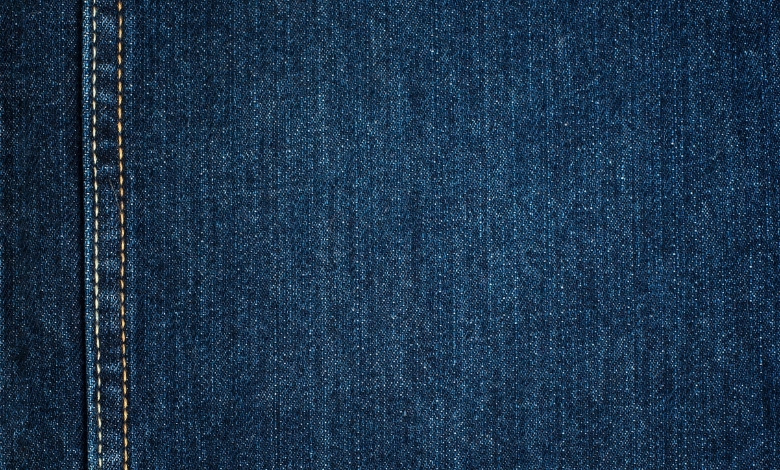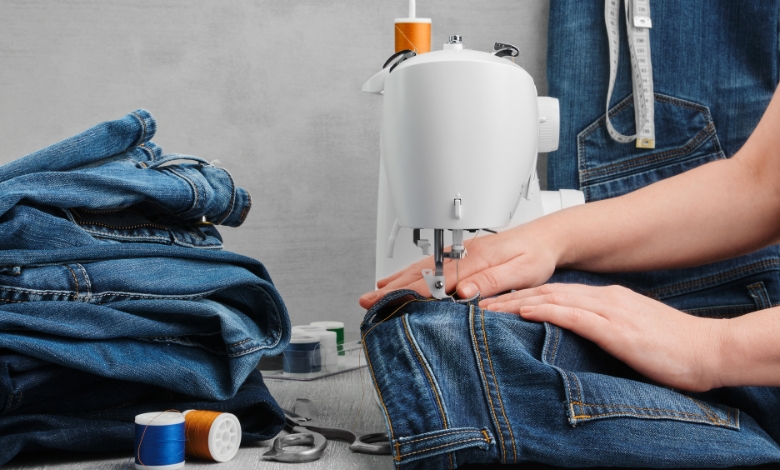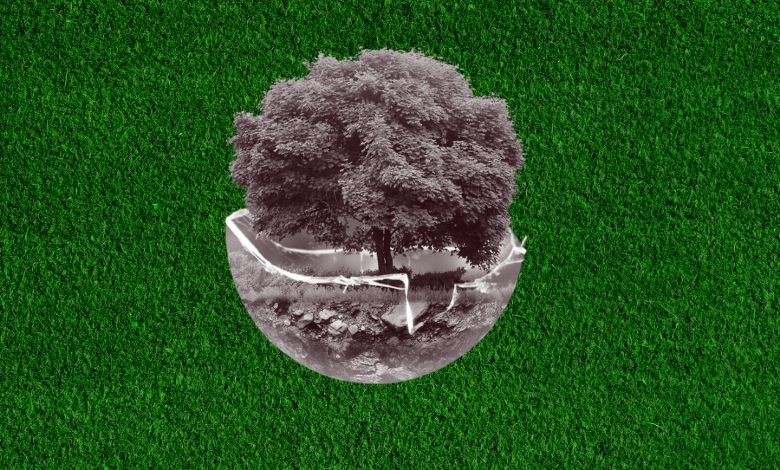Discover how industrial jeans manufacture makes the seams so rippled, blending craftsmanship, innovation, and eco-friendly techniques.
Have you ever looked at a pair of eco-friendly jeans and noticed those cool, rippled seams?
You’re definitely not alone!
I’ve been obsessed with denim for years.
Jeans are way more than just pants—they’re a big part of fashion culture around the world, showcasing craftsmanship and innovation while focusing on sustainability.
But have you ever wondered how manufacturers get those seams to ripple just right, almost like ocean waves?
Today, I’m excited to share an insider’s look at the manufacturing techniques and detailed processes that go into creating that awesome look.
It’s surprising how many little things—like the type of eco-friendly fabric used and the tension during stitching—combine to create that signature style.
And let’s face it, it’s pretty amazing how something as rugged as denim can hold so much artistry.
So, whether you’re a denim lover, a fashion buff, or just curious about what makes a good pair of eco-friendly jeans, you’re in for a treat.
Let’s dive into how jeans go from flat fabric to stunning wearable art with those iconic rippled seams.
Article Breakdown
1. Understanding the Basics: Why Rippled Seams?

What is the Ripple Effect?
When you look at denim seams, think of them like the gentle waves in a lake, but made out of fabric. This effect doesn’t happen by chance; it’s the result of thoughtful choices in materials and how the jeans are stitched and washed. Those rippled seams are a stylish design choice that gives jeans their unique look and feel.
Why Do Manufacturers Create It?
In the past, ripples in jeans probably happened naturally because of the tough materials and basic tools used for making them. Nowadays, this ripple effect adds to the jeans’ overall appeal, merging style with comfort. Jeans with rippled seams often feel more flexible and lived-in, which many denim fans and fashionistas love.
2. The Role of Fabric: Choosing the Right Denim
Heavyweight vs. Lightweight Denim
Choosing the right kind of denim is really important. Heavier denim usually creates more obvious ripples because it’s thicker and stiffer. For those dramatic, eye-catching ripples, manufacturers often pick denim that weighs between 12 and 16 oz. On the other hand, lightweight denim gives a softer ripple effect that adds some nice texture without being too overpowering.
How Fabric Weave Impacts Ripple Creation
A tightly woven fabric with little stretch holds its shape well, which means that any tension while sewing will make those ripples stand out more. Looser weaves or stretchier fabrics, on the other hand, will result in a softer, more natural look. Manufacturers look for the right mix of strength and flexibility to get just the right ripple.
3. Sewing Techniques: Stitching and Seam Tension
Double-Needle Stitching
This is where the real magic starts! When manufacturers use a double-needle sewing machine, they can create two rows of stitches that make the seams stronger and give them a cool ripple effect. Just think about tightening your shoelaces; pulling on both ends of the seam while sewing creates a nice subtle wave.
Varying Tension for Maximum Ripple
One of the biggest secrets in the industry is stitch tension. When sewing, the machine can be adjusted to apply different levels of tension, which causes some areas of the fabric to bunch up a bit and form ripples. If it’s too tight, you’ll end up with a gathered look; if it’s too loose, you’ll lose that nice texture. Getting this balance right is what sets apart basic jeans from high-quality designer denim.
4. Post-Sewing Process: How Washing and Treatment Enhance the Ripples
Stone Washing for Texture
After stitching, the jeans go through a thorough washing process to soften the fabric and bring out the ripples. Stone washing, which involves tumbling the denim with pumice stones, is one of the most popular methods. Imagine throwing your jeans in with some stones; the friction gently wears down the fabric, highlighting the seam texture.
Enzyme Wash for a Softer Finish
To create jeans that feel like they’re already broken in and have a refined ripple effect, manufacturers often use enzyme washes. Enzymes gently break down the fibers, making the fabric softer while enhancing the ripple without losing its strength. It’s like treating your jeans to a natural spa day.
5. The Final Touch: Pressing and Shaping the Jeans
When jeans are finished being made, they get a heat press that shapes the seams perfectly. High-pressure steam ironing smooths out the fabric around the seams, highlighting the cool ripples. This last step gives the jeans a polished look, making sure the seams stay stylish even after lots of washing and wearing.
6. Why This Matters: The Impact of Rippled Seams on Denim Culture
A Mark of Quality and Craftsmanship
If you notice rippled seams, remember it’s not just about how they look; it shows skilled craftsmanship. This detail reflects a lot of care in selecting materials and perfecting sewing and finishing techniques. That’s why top denim brands love to highlight these features—they show off their quality.
Style and Comfort in One
Rippled seams do more than just add style; they actually improve comfort. Jeans with these seams fit better around your joints and move with you, which is why denim lovers really appreciate them. Each ripple represents flexibility, durability, and a distinct personal style.
7. How to Spot Authentic Rippled Seams in Jeans
Look for Trusted Brands and Read Descriptions
Not all jeans are the same. If you want that real rippled look, focus on well-known brands that are open about how they make their products. Pay attention to the details in the product descriptions, which often tell you about the fabric weight, stitching, and washing methods.
Use Your Eyes and Your Touch
When you’re out shopping, take a close look at the seams. Genuine rippled seams have a natural wave and some variation that you won’t find in cheaper options. If you can feel them, the fabric should be sturdy but still flexible. If you can see and feel the ripples, that’s a great sign of quality.
Key Takeaways
- The next time you’re wearing your favorite jeans, take a moment to really check out the seams.
- Now that you understand the careful work that goes into those ripples—from picking the right fabric to getting the sewing tension just right and using special washing techniques—you’ll never look at jeans the same way again.
- The beauty of denim is all in the details, and those rippled seams are proof of the skill and artistry in every single stitch.
Additional Resources:
Here are some resources you might want to check out:
- You can stream Blue Gold on Prime Video if you haven’t seen it yet.
- There’s also Blue Gold: American Jeans available on Kanopy—it’s really worth a watch!
- If you’re into denim, definitely follow The Denim Enthusiast on Instagram for cool behind-the-scenes content.



